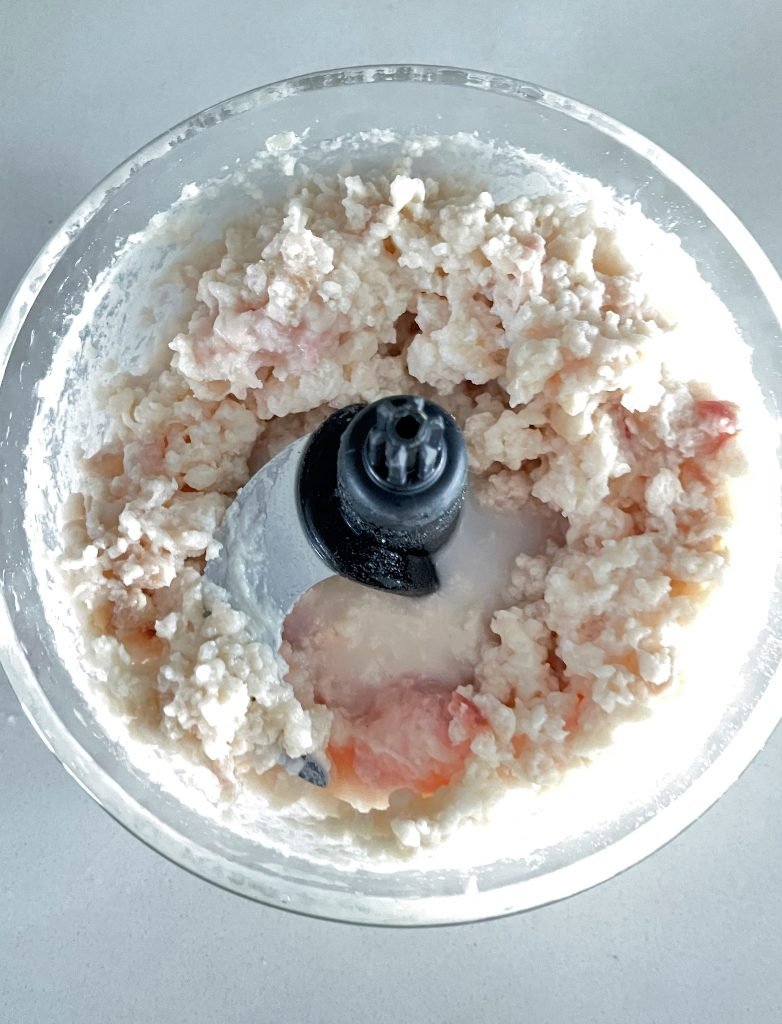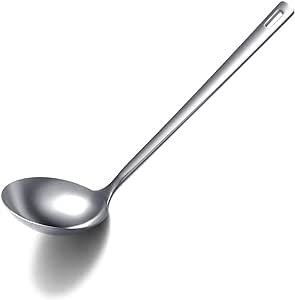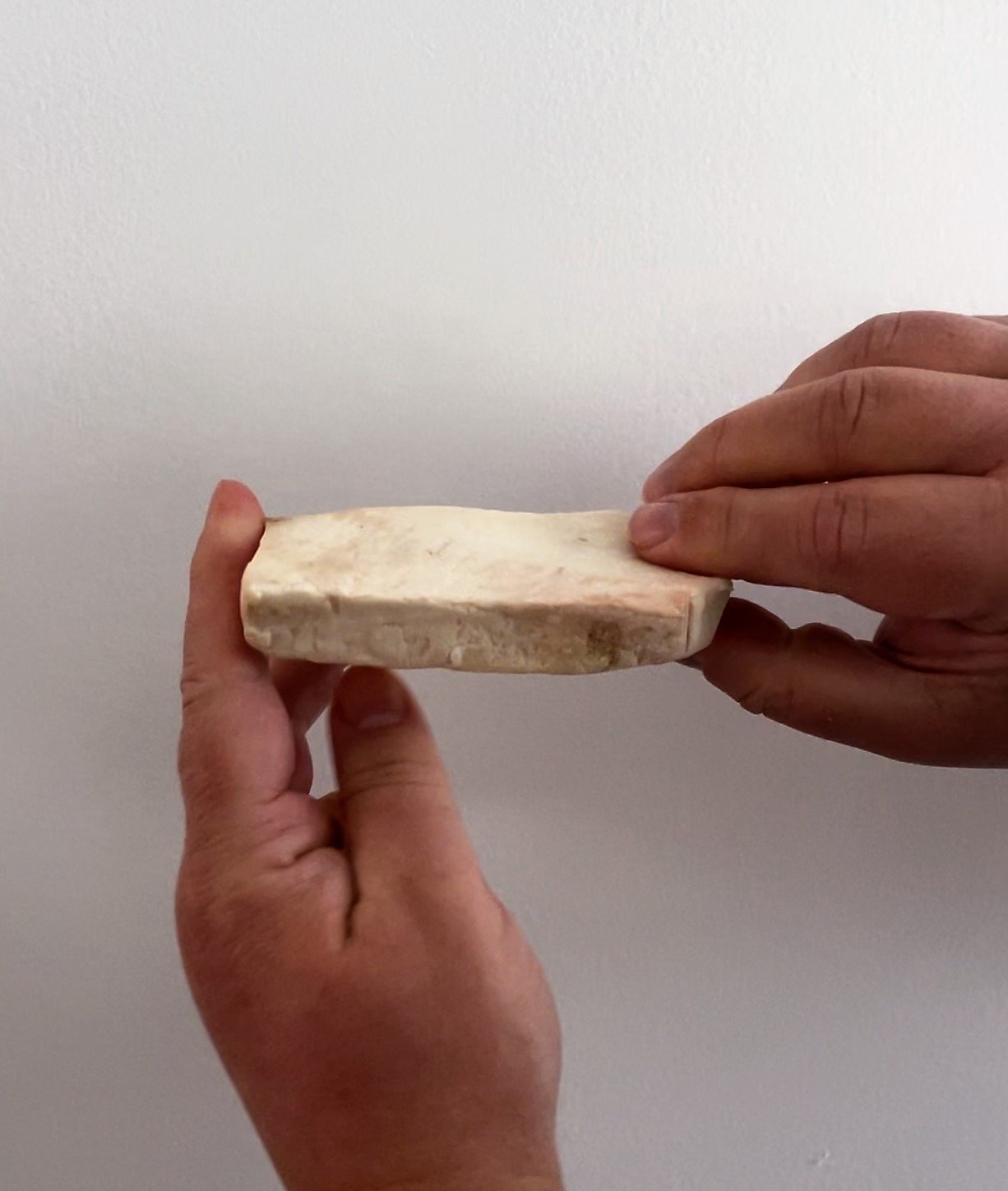How To Render Tallow The Healthiest Way
Views: 200
The internet is filled with information on how to render tallow. Like with any hot topic, there are various views on which beef fat to use and the right process to render fat into tallow. After successfully experimenting with rendering various animal fats over the past few years, we wanted to add our thoughts to the conversation and clarify what’s true, what’s not and what to watch for. Additionally, we tested many ways to render tallow and found techniques that work the best. We want to share them with you in this post. If you are after a beef tallow recipe only, please click here. You can also view our posts on how to render duck fat and how to render lard.
Beef fat and suet: Are they the same thing?
Firstly, not all beef fat is created equal. Very frequently when people talk about beef fat they use suet and beef fat interchangeably. But it is not exactly true. Suet and beef muscle fat are both types of fat obtained from cattle. However, they differ significantly in composition and texture:
- Beef fat location and composition:
- Suet is the hard, white fat that surrounds the kidneys and other internal organs of cattle. It has a higher melting point compared to other types of fat, making it solid at room temperature. Suet is primarily composed of triglycerides, but it also contains connective tissue and blood vessels.
- Beef muscle fat comes from the fat deposits within the muscle tissue of cattle. Likely you have seen a lot of this type of fat on the steaks and briskets. Maybe you even trimmed it yourself when the top fat cap on your brisket was too much. Beef muscle fat tends to have a lower melting point than suet.
- Beef fat texture and consistency:
- Suet is firm and has a crumbly texture when raw. When cooked, it retains its firmness and does not completely melt, leaving behind pockets of fat in dishes.
- Beef muscle fat is softer and more pliable compared to suet. It melts relatively easily when exposed to heat, often blending into dishes rather than retaining its original form.
Traditionally, tallow is made by means of melting suet. However, it is not uncommon to have beef fat getting rendered and called tallow.
Beef fat to use in beef tallow recipe
If you want to render beef fat into tallow, you should use suet. When you melt suet, you get tallow that is practically odourless, can handle higher heat, and is much healthier for you than tallow melted from muscle beef fat. But where do you find suet? We always recommend going to your local butcher and asking for it. Ideally, you want to ask for organic suet, but in the absence of such any suet should do. Sounds easy, right? Not quite. Sometimes, butchers call any beef fat “suet.” Furthermore, depending on whether butchers sell their suet ground, sliced or as a whole chunk, it may be tricky to tell if the fat you are about to buy is suet or muscle fat.
We’ve melted both beef fat and suet before and we can say for sure that you can melt both. But depending on whether you’re using suet or muscle beef fat, you’ll want to use the final product for different things.
So, if you can’t tell just by the looks if you’ve got suet or regular beef fat, how can you know what you’re melting? Funny enough, you can tell by the smell. When you’re melting beef suet, there won’t be much smell. But if it’s regular beef fat, your kitchen will smell like you’re cooking a giant steak.
Yield:
The specified in this recipe quantity of beef fat yields one 250 ml (8 oz.) jar of tallow
Recommended Canning Tools & Equipment for this and other recipes:








Beef Tallow Rendering Recipe
Ingredients
- ½ lb beef muscle fat or suet 230 g.
- 1 ½ cups water or more as required
Instructions
Prepare Ingredients:
- Begin by washing and thoroughly drying the slices of beef fat. Remove any blood vessels and trim away any visible meat.
- Next, slice the fat into small, manageable pieces. Place these pieces into a food processor along with a cup of water. Grind the beef fat into a fine, wet grind.
Render beef fat:
- Transfer the ground beef fat to a heavy-bottomed pot. Add enough water to cover about two-thirds of the ground fat pieces.
- Place the pot on the stove over low to medium heat. Bring the fat-water mixture to a low simmer. Do not rush the process; low heat is key to rendering high-quality tallow.
- Stir the melting fat occasionally to ensure even melting. It will start to release liquid as it melts.
- Continue simmering until the liquid is crystal clear and not hazy white. Additionally, you should see ground fat reducing by about ½ in size (approximately 1 hour).
- Once rendered, strain the liquid tallow into a storage container using a fine mesh strainer.
- Allow the rendered tallow to cool completely on the counter. Cover tightly and preserve in the fridge for up to 16-18 months or in the freezer for up to two years (use freezer-safe glass jars). Additionally, you can leave it outside the fridge at room temperature in the storage container for 1 to 3 months.
Frequently Asked Questions
Can beef tallow go bad?
While in principle shelf stable, rendered beef tallow can go bad. The tell-tale signs that beef tallow has gone bad include a rancid smell, a change in colour to yellow or brown, or the presence of mold. To keep your rendered beef tallow fresh, it’s important to store it properly. Make sure to clean the container well before putting the tallow in it. Also, it’s a good idea to keep the tallow in the fridge.
Is beef tallow the same as lard?
Beef tallow and lard are similar because both of these are rendered animal fats. But, that’s where the similarities between tallow and lard end. Beef tallow is the animal cooking fat that you will get if you melt beef fat or beef suet. On the other hand, lard is the cooking animal fat that you can obtain if you melt pork fat.
Can I store rendered tallow in plastic containers?
Due to the risk of plastic packaging leaking harmful elements into fatty foods, we recommend against using plastic for storing rendered animal fats, including rendered tallow. It is important to understand that plastic can leak into food due to various factors, such as the type of plastic used, the temperature of the food, the duration of contact, and the presence of acidic or fatty substances in the food.
What to do with tallow:
In culinary terms, tallow is categorized as a cooking fat or shortening. Similar to other animal cooking fats you can use tallow for the following applications:
- Cooking: Beef tallow has a high smoke point, making it ideal for frying and deep frying. It adds a rich flavor to foods like French fries, fried chicken, and doughnuts.
- Roasting: Rubbing beef tallow on meats before roasting can help create a crispy exterior and add flavor. Additionally, use it to grease pans for roasting vegetables.
- Baking: Similar to lard, you can use beef tallow as a substitute for butter or shortening in baking recipes. It adds moisture and richness to baked goods like biscuits, pie crusts, and cookies.
- Seasoning: Beef tallow can be mixed with herbs and spices to create flavorful compound spread for bread, vegetables, or grilled meats.
Apart from cooking, tallow has other uses too. It’s often used to season cast iron cookware, make homemade candles, and as a natural moisturizer in cosmetics. But remember, if you want to use tallow for these other things, make sure you’re melting beef suet, not beef muscle fat.
You may also like:
-
How To Make, Freeze And Serve Braised Oxtail Ragu
Maybe you’re not hosting a dinner party. Maybe you’re just reheating this on a Tuesday night, wearing sweatpants, using the fancy bowl to feel something. This braised oxtrail ragu is a freezer meal that makes you look like the person who has it all together, even if you absolutely do not.
-
Useful Basics Of Animal Fat Rendering (Lard, Tallow And Other Animal Fats)
Become an expert in rendering animal fat with our complete fat rendering guide. Learn about the pros and cons of wet and dry rendering methods, and discover how to store rendered fat to keep it fresh for longer.
-
How To Render Tallow The Healthiest Way
Before McDonald’s switched to hydrogenated vegetable oils, they used tallow for deep-frying. Those who remember McDonald’s fries from those days complain that today’s fries do not taste right. This recipe is for people who have a nostalgic yearning for those fries and are inspired to render tallow at home to use it in their cooking
-
How To Make Duck Leg Confit And Preserve It Too!
Traditionally, especially when refrigeration was not accessible, confit served as a method for preserving meat over an extended period of time. The confit method required curing, slow roasting, and preserving the meat by submerging it in its own fat. Learn how to make and preserve duck confit. It’s easy, and the result is delicious.
-
How To Render Duck Fat The Best Way
Rendered duck fat has a smooth and creamy texture. The use of duck fat is often associated with gourmet cooking and fine dining. Yes, rendering duck fat is easy, but do you do know the best way to do it? Find out how to render a high-quality duck fat at home while avoiding common pitfalls.
-
How To Make And Preserve Pork Lard And Lard Cracklings
Curious about using pork lard in your cooking like famous chefs? Learn to make lard at home with our step-by-step guide. Whether it’s your preferred cooking fat or you’re just curious, we’ll show you how to render and preserve lard, including tasty lard cracklings.


















